In today’s real-time world of critical infrastructure, these domains are inseparable. Downtime is now existential – a single disruption can cost millions, damage trust, and cripple operations. Cyber threats have evolved beyond firewalls to target HVAC systems, programmable logic controllers, and physical access controls. Sustainability has become a commercial imperative, and real-time data is now the currency of operational excellence.
Data centres, the engines of our AI-driven world, are among the fastest-growing energy users globally. According to the newly released Infrastructure Investment Objectives Report by the ASL (formerly AEMO Services), AI workloads are the primary driver of this growth in Australia, with total data centre electricity consumption projected to more than double by 2030.
Cooling demand will surge in parallel, the report predicts, as hyperscale builds and edge deployments expand to meet latency-sensitive AI applications. The rapid rise of AI – from large language models to real-time services – is driving a scale of demand the grid was never built to handle.
IT/OT convergence is no longer optional, it is essential to keeping pace with the energy transition and the digital economy.
Overcoming the barriers to convergence
While the business case for IT/OT convergence is clear, many organisations are stuck at the starting line. Legacy systems, siloed teams, and uncertainty over leadership create inertia that, in mission-critical environments, presents a real risk.
The shift requires more than technology investment – it calls for a rethink of governance, skills, and strategy. The starting point is always the “why.” Is the goal to improve uptime, cut energy use, strengthen compliance, or boost cyber resilience? Once the outcome is clear, organisations can map systems and data, align IT and facilities under shared governance, embed security at every layer, and adopt unified platforms for end-to-end visibility.
Most critical infrastructure is currently in a halfway state: OT and IT are monitored separately, data is scattered, and cyber protections uneven. But the future is converged. AI at the edge will optimise cooling and power in real time. Digital twins will simulate facilities for predictive maintenance. Integrated platforms will provide visibility from the breaker panel to the cloud. Cybersecurity will be constant, embedded, and intelligent.
The same technologies driving demand – AI and automation – can also manage it, forecasting energy needs, balancing supply and storage, and automating usage.
Battery storage systems will be a critical enabler, giving infrastructure flexibility to cope with fluctuating demand. By storing energy during low-demand periods and discharging during peaks, batteries help facilities operate sustainably and cost-effectively. Flexible demand, the ability to shift when and how energy is used, reduces peak strain, lowers costs, and makes the system more resilient.
The critical role of IT partners
IT partners have a unique role to play. They bring deep IT infrastructure expertise, trusted CIO relationships, and the integration experience to unite IT and OT. They can bridge cultural gaps, design secure and scalable architectures, deploy edge computing, and ensure compliance in complex regulatory environments.
The convergence of IT and OT is no longer an abstract concept, it is a defining strategy for the next era of critical infrastructure. As AI workloads and data centre demands accelerate, organisations that integrate digital and physical systems will be best positioned to operate efficiently, resiliently, and sustainably. Those who act effectively now, will not just keep pace – they will lead.
Author: Farokh Ghadially, Vice President, Secure Power, Schneider Electric
The views and opinions expressed in this article are the author’s own, and do not necessarily reflect those held by pv magazine.
This content is protected by copyright and may not be reused. If you want to cooperate with us and would like to reuse some of our content, please contact: editors@pv-magazine.com.
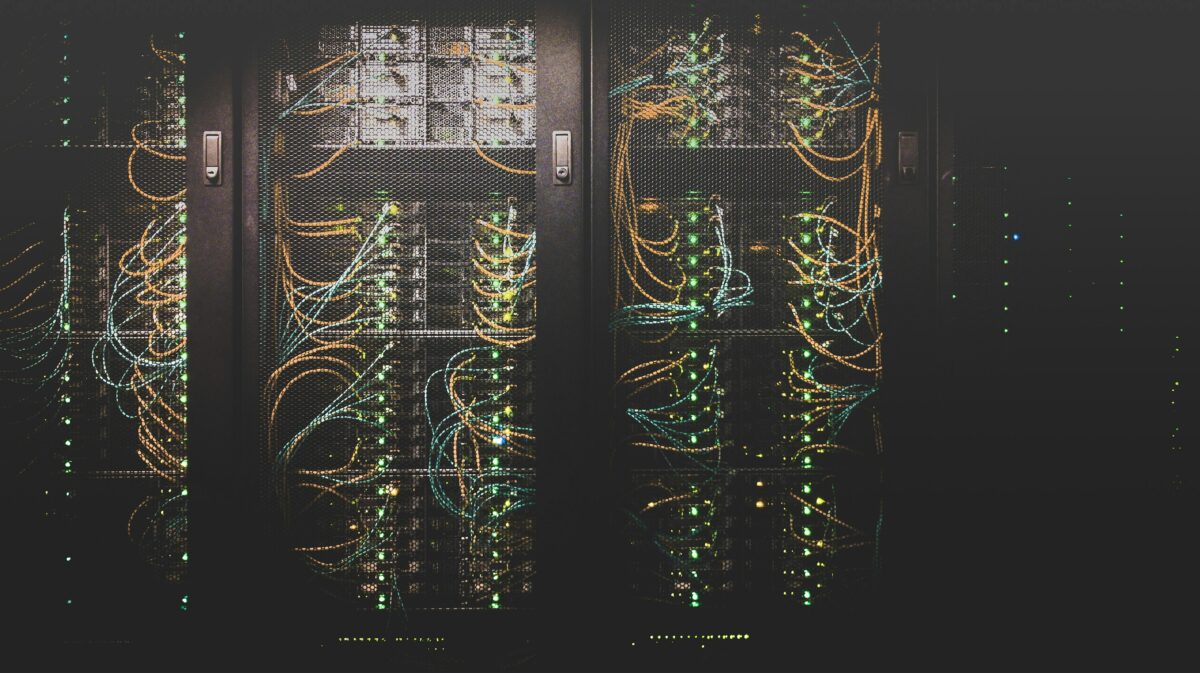
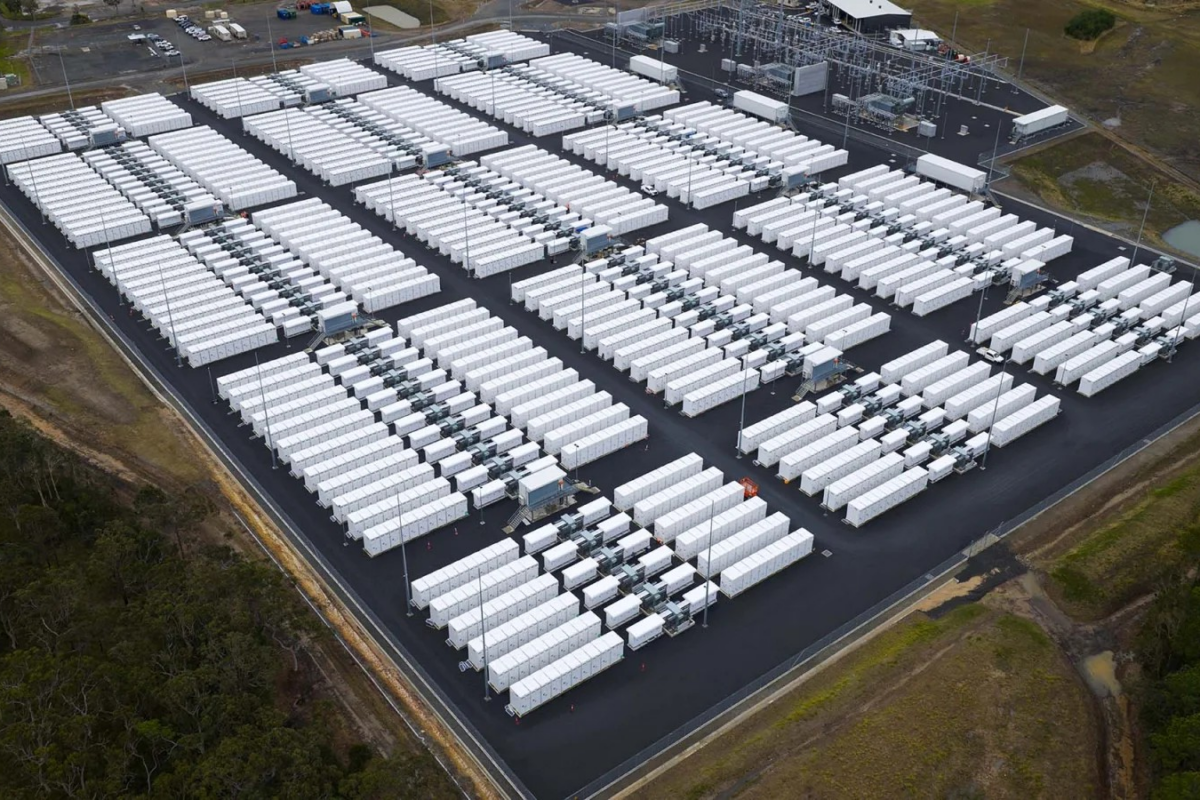


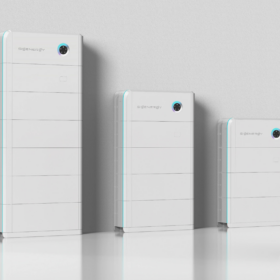
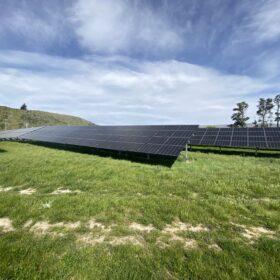
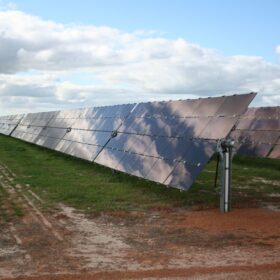
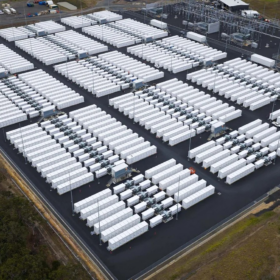
By submitting this form you agree to pv magazine using your data for the purposes of publishing your comment.
Your personal data will only be disclosed or otherwise transmitted to third parties for the purposes of spam filtering or if this is necessary for technical maintenance of the website. Any other transfer to third parties will not take place unless this is justified on the basis of applicable data protection regulations or if pv magazine is legally obliged to do so.
You may revoke this consent at any time with effect for the future, in which case your personal data will be deleted immediately. Otherwise, your data will be deleted if pv magazine has processed your request or the purpose of data storage is fulfilled.
Further information on data privacy can be found in our Data Protection Policy.